This article covers various repairs on seats and seat belts that you may find helpful, should they come through your shop.
We all know that Volvo has always made it a point to set the standard in automotive safety. Over the years, Volvo has helped develop and perfect a lot of the safety systems that have become standard in most of the cars on the road today.
That includes the most common and oldest safety system—the modern seat belt.
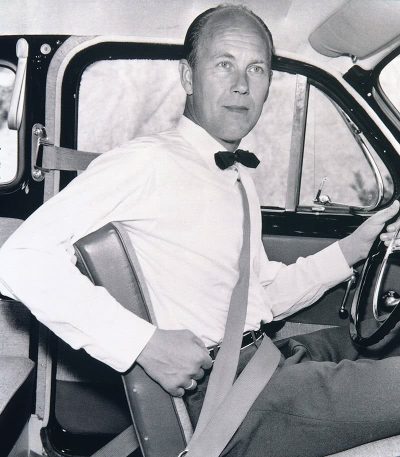
It was an engineer at Volvo named Nils Bohlin that invented the 3-point seat belt in 1959; before that, the cars that had seat belts only had lap-style belts that would allow the driver and passenger’s upper body to fly forward in a collision. This type of seat belt was far from safe.
His design was as obvious as it was intelligent, perfectly suited to the seat occupant’s body.
Since the 1960s, Bohlin’s belt has saved hundreds of thousands of lives and prevented or reduced the severity of injuries among millions. This makes the 3-point safety belt the single most important safety device in the car’s 120-year history. And that’s not just Volvo’s claim.
As confirmation of its effectiveness, Bohlin’s invention has been identified by German patent registrars as one of the eight patents to have the greatest significance for humanity during the hundred years from 1885 to 1985. Bohlin shares this honor with patent holders such as Benz, Edison, and Diesel.
Volvo Seats
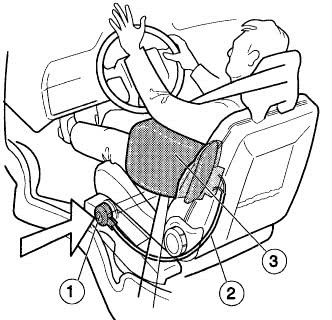
If you have driven a lot of different Volvos over the years, you may have noticed what they have in common…
Volvos have some of the most comfortable seats of any car on the road today and it’s been that way for a lot of years. If you own a Volvo and have taken it on a long trip, you know what I mean. Even the older Volvo models have seats that stand the test of time.
And since the introduction of the Side Impact Protection System (SIPS), the front seats of the Volvo have played a major role in the overall safety of the car.
Compared to today’s side impact air bag systems, the early versions were pretty basic. The early Volvo SIPS air bags had three basic parts—the bag assembly, the wire harness, and the impact crush sensor that is mounted on the seat rails that face the inside of the doors.
The early versions would only deploy if the impact to the side of the car was bad enough for the inside of the door to push into the impact sensor.
That would mean that deployment of these early side impact air bags would usually only happen in a direct impact to the side of the car that is severe enough to push the door into the seat’s crash sensor.
These early SIPS bags were mounted to the upper seat frame on the side that faces the door; when they deployed they would tear open the upholstery on the outside of the backrest and cover the area on the side of the driver’s head and upper body.
The latest Volvos with advanced ADAS systems will use the side impact bags if the system even thinks there is going to be a crash event that will affect that side of the vehicle.
Seat Memory
Remember, on most Volvos, when the battery is disconnected, the customer’s seat memory settings may be lost. This is rarely an issue unless the car you are working on is shared by two people and they have set the seat to specific positions.

Using Scan Tools to Diagnose Seat and Seat Belt Problems
The best scan tool for performing testing on a Volvo is still a laptop with VIDA system. VIDA has all the features you need—codes, bi-directional control, software installation and a lot more.

Technical Journals
Volvo has issued multiple technical journals (TJs) over the years that cover seats and seat belts, so as with any problems you are dealing with or trying to repair, start by checking for any applicable service bulletins. This habit will serve you well in your career as an automotive technician.
A common issue that customers come in for is seat belt catches that won’t allow the seat belt to lock in place or that will not even let the seat belt’s male tab to be inserted into the catch.
The service bulletin TJ19383.8.0 covers this.
In a lot of cases the seat belt catches can be cleaned out with some compressed air. You would be surprised how much stuff can collect inside the average seat belt catch over the years, especially in the case of cars that transport kids or dogs a lot.
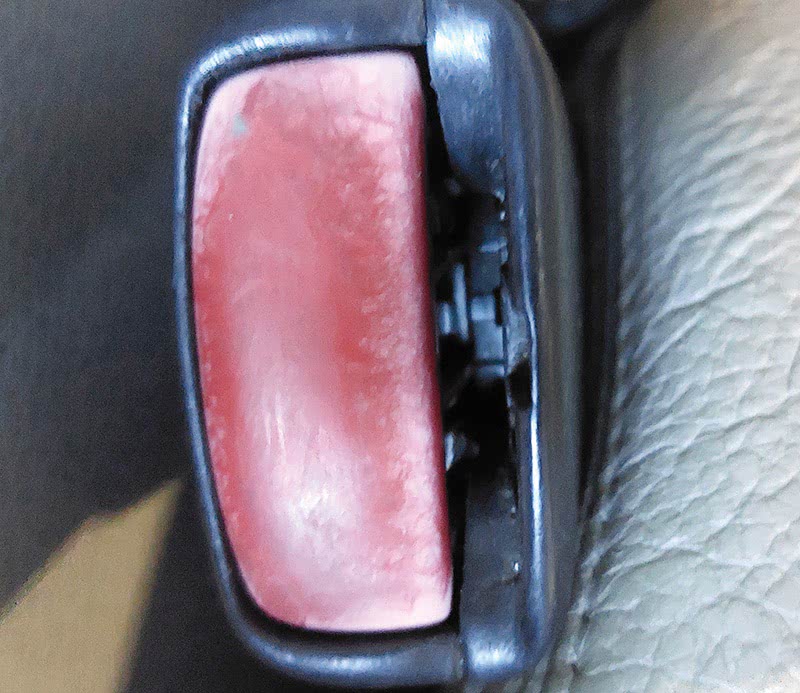
Seat Belts Not Retracting, Sticking or Worn Seat Belt Catches or Worn Straps Causing Sticking
Don’t try or offer to fix a customer’s seat belt. If it’s broken or malfunctioning in any way, replace it with a new OE Volvo part. If your customer is educated about the realities of worn-out safety system parts, they will make the right choice.
If you have to replace a seat belt in a Volvo that has an active pretensioner as part of the assembly, you need to take precautions when removing the old part and installing a new unit.
Warning! Under no circumstances use an ohmmeter or other live measuring instrument to take readings on a disconnected non-deployed seat belt tensioner. There is a risk that the seat belt tensioner could deploy.
Warning! The seat belt tensioner must never be taken apart, repaired, or moved to another vehicle.
Installation
Before you install a new seat belt catch, make sure you ordered the right one by plugging the male end into the new catch before you disassemble, to ensure the right fit. You don’t want to find out you got the wrong part after you remove the seat.
Seat Heaters
One of the best options that Volvo and other car manufacturers have come up with is electrically heated seats.
If your car has them, you know this: in colder climates this option is a must.
Volvo has been offering heated seats as an option for a lot of years now. Even some old 240 series Volvos came equipped with them.
Volvo’s heated seats are very reliable, but from time to time you will get a customer in that has a problem with them.
The main problems you will see are broken wires or damaged heating grids. In some rare cases, on worn-out seats, you may encounter a shorted heating grid.
One of the quickest ways to check if a seat’s heating grid is fully working or is partially broken is to use a quality thermal imager.
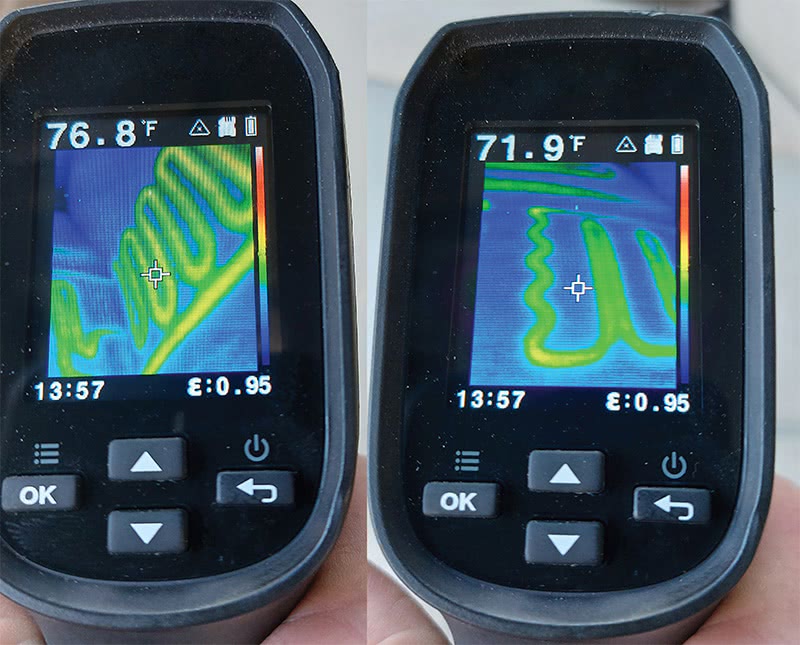
This cool tool is very useful around the modern auto shop; it can allow you to actually “see” temperature changes in parts and components.
If a seat heater grid is broken or open, you will be able to see what part of the heating grid is not heating up without removing the upholstery.
If you turn on the seat heater switch and you don’t see any heat in the thermal imager display after a couple of minutes, it’s time to get into electrical diagnosis.
Depending on the year of the Volvo you are working on, a problem with the seat heating circuit may have set a trouble code in the CEM.
The number one cause of a seat heater not warming up is a break or open in the seat heater grid; the switches tend to be pretty bulletproof.
This usually happens in older high mileage cars in which the seat cushions are well worn in and starting to sag.
A Word About Seat Belt and Safety System Replacement Parts

If you are replacing any seat belt or safety system parts on a Volvo or any other car you work on, new OE factory made and tested parts are the only real choice. As far as aftermarket seat belts, air bags and other such parts, thankfully not much is available.
If you are tempted to install a used part, just don’t! There are so many reasons why not to.
You are responsible for your customer’s safety when you repair these systems and replace worn parts, so do it right and only use new OE Volvo parts from your local Volvo dealer’s parts department.
Power Seats
Volvo has offered power seats in most of their models for a long time; these days all Volvos come standard with at least a power driver’s seat.
Volvo power seats are overall very reliable and most problems that your customers will complain about are from lack of knowledge on the operation of the seat controls. This is especially true when it comes to the seats’ memory functions.
It’s all covered in that magic book that’s under all that stuff in the glove box. You know, the one that is still covered in plastic and has only been flipped through one time when the customer picked up their brand new car from the dealership.
Of course, part of every technician’s job is to educate your customer, but remember that old proverb, “If you give someone a fish, they can eat that day, but if you teach them how to fish, they can eat their whole life.”
Of course, your customer may not want to learn.
The other most common issue that you may see (not just on Volvos) is a jammed or frozen lower power seat that won’t move forward or backwards.
One of the most common problems that your customers will have with their power seats is caused by coins and debris that fall under the seat cushions and jam into the track system when the seats are moved back and forth.
In most cases you can fix this problem by unbolting the seat and using some pliers to pry the bent coin or coins out. Make sure to clean and lube the tracks when you have the seat loose.
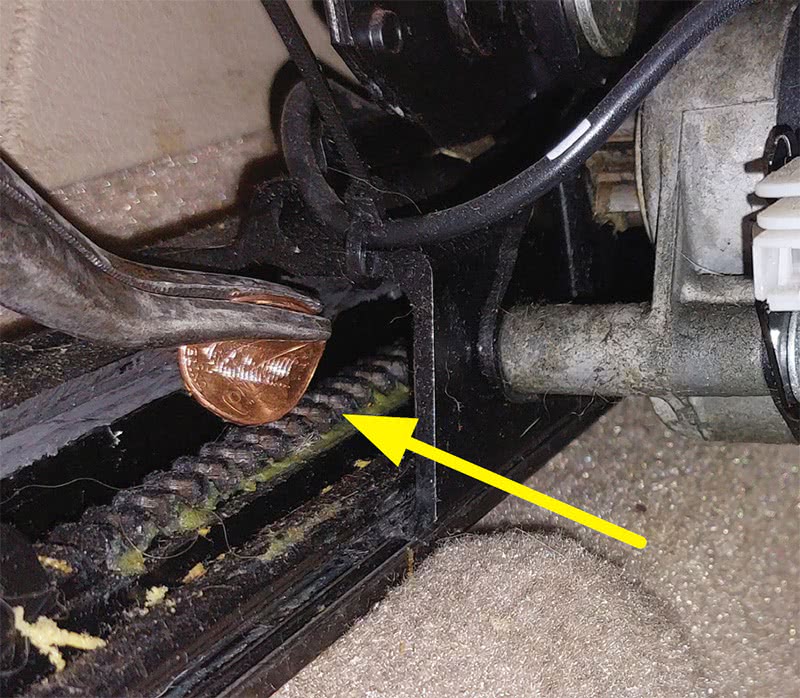
You can usually do this repair by just unbolting the seat and leaning the seat back. Try not to damage the seat’s wire connectors when you are removing and installing the seat assembly.
If you have to disassemble the seat tracks, make sure to mark the positions of the upper, lower, right, and left track sections in relation to each other before disassembly; this will save you a lot of frustration later.
Disposing of Active (Explosive) Seat Belt Pretensioners and Air Bags
Check with your area’s waste disposal and toxics office for regulations on proper disposal of this kind of waste.
In a lot of cases you will have to safely deploy these devices before you throw them away.
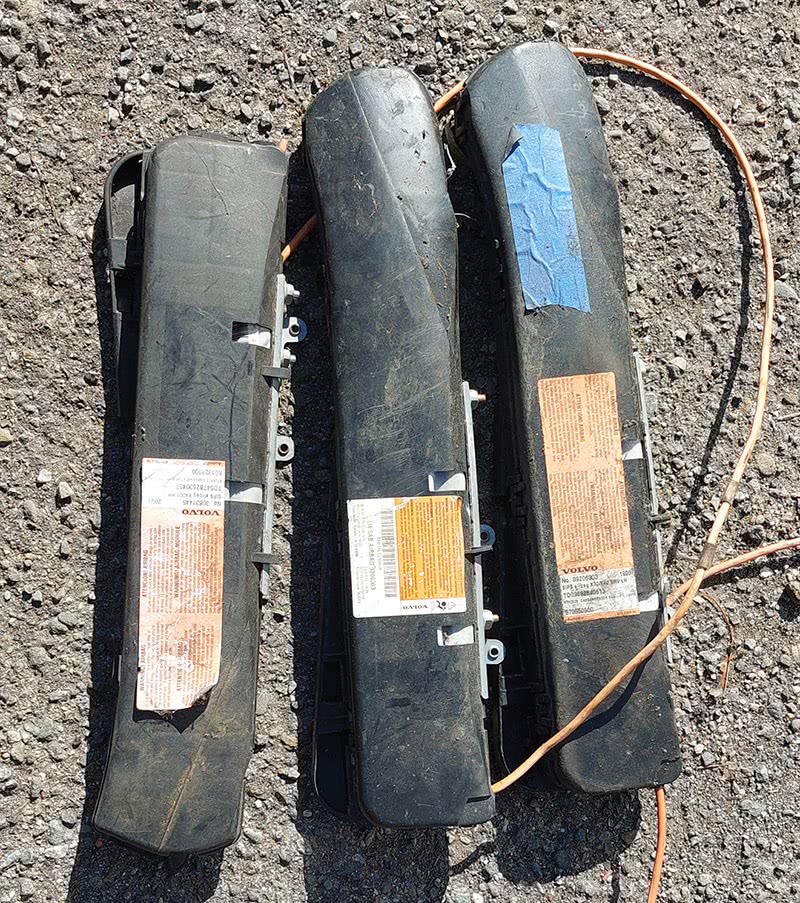
Remember just because that seat belt or air bag component is old and malfunctioning, does not mean that it will not accidentally deploy on you if you don’t take the right precautions.
If you are not sure about air bag safety you can find information on Volvo’s website volvotechinfo.com or on the NHTSA website (nhtsa.gov).








0 Comments